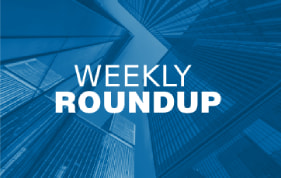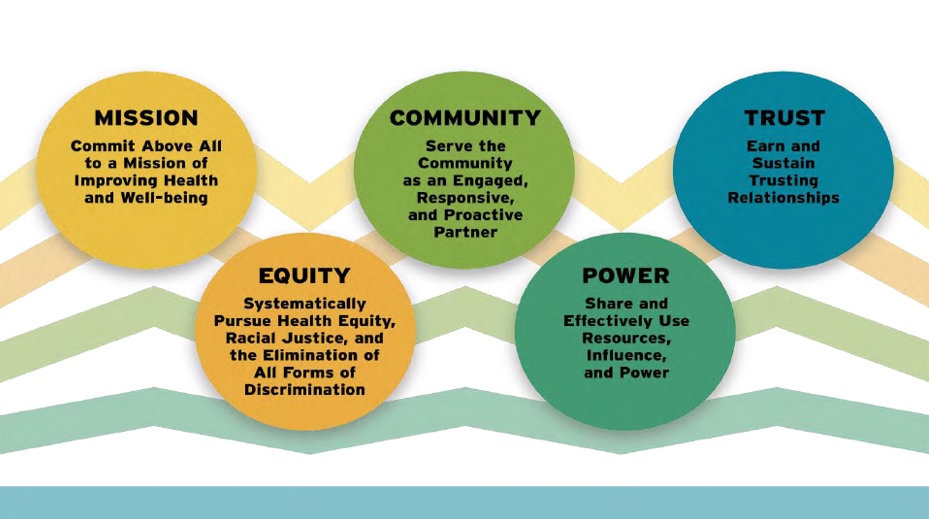This week, our In Focus section provides an overview of the two key Medicare proposed payment rules that the Centers for Medicare & Medicaid Services (CMS) released last week—the Physician Fee Schedule (PFS) and the Hospital Outpatient Prospective Payment System (OPPS). These two rules include policies that will affect a variety of providers. Below we highlight some key provisions. Comments on these proposals are due to CMS in early September.
PFS Proposed Rule for 2025
Released on July 10 and with comments due by September 9, this wide-ranging regulation proposes policy changes for many different types of providers.
PFS Payment Update: The estimated 2025 PFS conversion factor is $32.36, a $0.93 or 2.80 percent decrease from the calendar year (CY) 2024 level of $33.29, which included a one-time update required by statute. In previous years with cuts like this one looming, Congress has stepped in and adjusted the payment update in the positive direction. Congress is now considering approaches to do so again for this year.
Caregiver training services (CTS): CMS is proposing a new code for caregiver training for direct care services and supports such as wound dressing changes, infection control, and medication administration. These services could be provided via telehealth.
Telehealth services: CMS is proposing to add several new codes to the telehealth list and to refine a variety of policies related to the type of technology that must be used and what supervision must be provided for telehealth services and other requirements such as removing frequency limitations. Nonetheless, several telehealth flexibilities will end December 31, 2024, because of the expiration of pandemic era expansions unless Congress extends or makes telehealth flexibilities permanent.
Advanced primary care management services (APCM): CMS proposes to create a new set of APCM codes that would incorporate parts of several existing care management and communication technology-based services into a monthly bundle of services. The billing codes are differentiated by three levels based on a person’s number of chronic conditions and enrollment as a qualified Medicare beneficiary to reflect patient medical and social complexity. These APCM services could be provided by advanced primary care teams and are tied to primary care quality measures.
CMS seeks feedback on whether the agency should consider additional payment policies to recognize the delivery of advanced primary care, including on potential changes to coding and payment policies within traditional Medicare such as for additional bundles of services.
Behavioral health services: CMS is proposing new codes for behavioral health crisis services, including safety planning and interventions for patients at risk of suicide or overdose, follow-up contact after a crisis emergency department (ED) visit, for digital mental health treatment (DMHT) services, and for nonphysician practitioners to bill for interprofessional consultations.
Screening and risk assessment: The agency updates and expands coverage for screening and preventive services, including proposals to cover screening computed tomography colonography (CTC) for colorectal cancer, drugs covered as additional preventive services, the hepatitis B vaccine, and cardiovascular risk assessment and risk management.
Dental and oral health services: CMS proposes to add services provided to Medicare beneficiaries with end-stage renal disease to the list of clinical scenarios in which Medicare payment may be made for dental services. CMS also seeks comments on other clinical conditions appropriate for coverage.
Improving ambulatory specialty care: CMS seeks stakeholder feedback about a potential Innovation Center model that would increase specialist participation in value-based care through Merit-based Incentive Payment System (MIPS) Value Pathways (MVPs) and expand incentives for primary and specialty care coordination.
Medicare Shared Savings Program (MSSP): CMS is proposing several refinements to the permanent accountable care program. These include a prepaid shared savings option that lets eligible accountable care organizations that have previously earned shared savings to receive advanced earned shared savings to make investments that support beneficiaries, the addition of a health equity benchmark adjustment (HEBA) that increases an ACO’s historical benchmark based on proportion of beneficiaries who are enrolled in the Medicare Part D low-income subsidy (LIS) or dually eligible for Medicare and Medicaid, changes to the MSSP quality measure set to align the measure with the universal foundation measure set and seeking comment on creating a risk track that is higher than what currently exists.
Rural health clinics and federally qualified health centers: CMS proposes several changes to update payment and coverage of services provided in these facilities including care coordination services, vaccines, and dental services.
Payment for major surgical procedures: CMS makes coding proposals to address scenarios in which follow-up care for beneficiaries who have undergone major surgical procedures is provided by different clinicians in different group practices.
Opioid treatment programs: CMS makes several proposals related to opioid treatment programs, including allowing assessments conducted via audio-only telecommunications, and increasing payments for social determinants of health (SDOH) risk assessments. CMS also proposes to pay for new FDA-approved opioid agonist and antagonist medications.
2025 Medicare Hospital OPPS Proposed Rule
CMS released the Medicare Hospital OPPS proposed rule on July 10, 2024, with comments due by September 9, 2024. This regulation proposes policy changes that largely impact hospital outpatient departments and ambulatory surgery centers (ASCs).
OPPS and ASC Updates: CMS proposes to update OPPS rates for hospitals that meet applicable quality reporting requirements as well as ASCs by 2.6 percent.
Access to non-opioid pain relief: The Consolidated Appropriations Act (CAA) of 2023, provides temporary additional payments for certain non-opioid treatments for pain relief in hospital outpatient department (HOPD) and ASC settings from January 1, 2025, through December 31, 2027. CMS proposes to implement this law with proposals on the evidence requirements for medical devices and the Food and Drug Administration (FDA)-approved indications that would meet the criteria for the temporary additional payments. CMS has identified seven drugs and one device that would qualify as non-opioid treatments for pain relief and proposes that they receive separate payment in 2025. CMS also is soliciting comments on other products that may qualify for these payments.
Justice-involved individuals: To support individuals returning to the community from incarceration, CMS proposes to narrow the definition of “custody” in Medicare’s payment exclusion rule and to revise the Medicare special enrollment period (SEP) for formerly incarcerated individuals. These modifications would remove real or perceived barriers to Medicare access for individuals who have recently been released from incarceration or are on parole, probation, or home detention.
Maternal health: CMS is proposing several new maternal health related requirements for hospitals and critical access hospitals (CAHs). The proposed changes to conditions of participation, include new requirements for maternal quality assessment and performance improvement; baseline standards for the organization, staffing, and delivery of care within obstetrical units; and annual staff training on evidence-based maternal health practices. CMS further proposes changes to the emergency services requirements related to emergency readiness for hospitals and CAHs that provide emergency services.
Connect with Us
HMA’s Medicare policy experts collaborate to monitor legislative and regulatory developments in the physician, outpatient, and ASC policy arenas and to assess the impact of changes in these reimbursement systems. HMA’s Medicare experts interpret and model policy proposals and use these analyses to assist clients in developing their strategic plans and comment on proposed regulations.
For more information or questions about the policies described below, please contact our experts below.

























